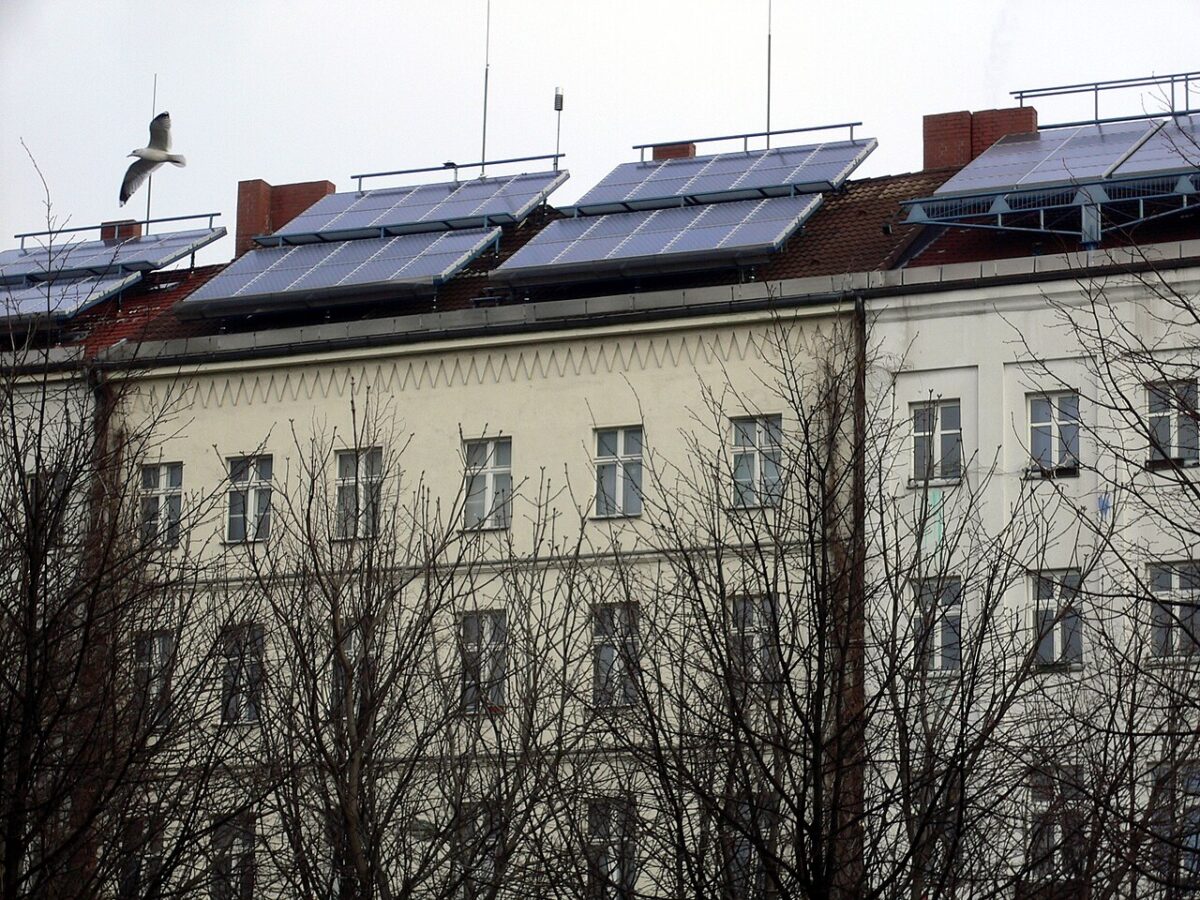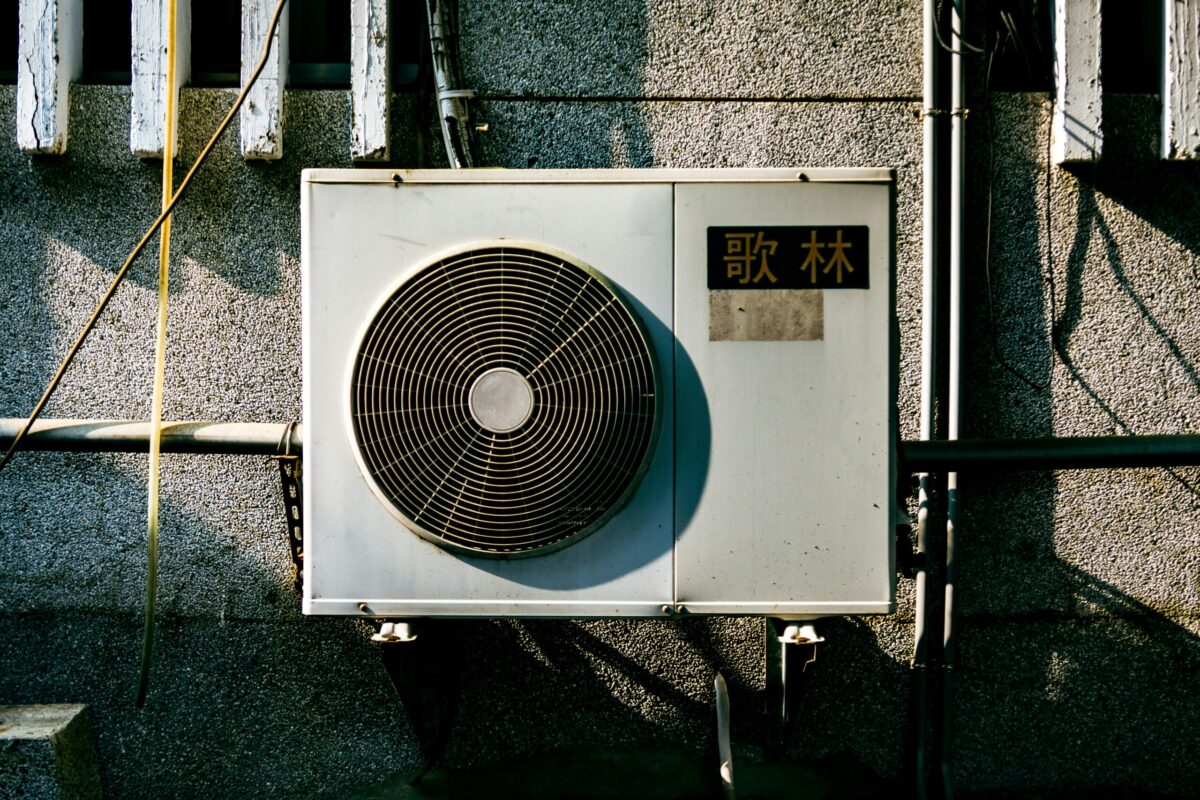Researchers at Germany's RWTH Aachen University have investigated the impact of rooftop PV, controls, and price assumptions on the design of heat pumps (HPs) and thermal energy storage for retrofit buildings and have found that photovoltaics and control strategies have little influence on HP optimal design.
“Our work offers a comprehensive analysis of all design sizes using a state-of-the-art rule-based control and detailed dynamic simulation to identify potential interdependencies in the optimal design of PV-assisted heat pump systems,” the research's corresponding author, Fabian Wüllhorst, told pv magazine.
“Our study focused on well-insulated building envelopes, which are comparable to new buildings. However, new buildings in Germany typically use underfloor heating systems with higher inertia than the radiators we studied. This added inertia would likely further reduce the necessity for space heating storage,” he further explained. “Another point to consider is the demand for domestic hot water (DHW) and storage size, which were kept constant in our study. While buildings with high DHW demand will benefit the most from a PV-assisted heat pump, hygiene aspects, particularly with respect to legionella, must be considered when sizing the DHW storage.”
The scientists specified, prior to their work, it was not clear to what extent rooftop PV, the utilization of a supervisory control strategy, and price assumptions influence the optimal design of an HP and said they applied pre-screening to identify relevant model input combinations with a potentially high influence on the optimal design.
“Applying a simulation-based design optimization with a detailed building energy system model, we optimize three cases: no photovoltaic, no supervisory control, and a state-of-the-art supervisory control,” they further explained, noting that their analysis focused on retrofit residential buildings in Germany and considered the use of an air-source HP, an electric heater with serial connection, a thermal energy storage connected in parallel, a separate domestic hot water (DHW) storage with an internal heat exchanger connected in parallel.
“The system is completed by PV, the building envelope, as well as user profiles for DHW and household electricity,” the research group stated.
Using the open-source Modelica software, the academics modeled components, control, and the building envelope. The modeling considered a typical four-person single-family house profile with an annual consumption of 2,800 kW. It also took into account six typical orientations of PV installations (east, south, west, north, south-north, and east-west), as well as parameters such as temperatures, heat flow rates, and electric power flows.
“In all cases, we assume 100% roof-area usage. Even though this is not always practical, it maximizes the possible effect on the optimal design,” they added. “We reason that if 100% roof-area usage does not influence the optimal design, a lower percentage of roof-area usage won’t either.”
Their analysis showed that PV and control strategies have a “minor” influence on optimal HP size, which justifies neglecting PV in current guidelines, although new advanced control strategies should be considered the optimal design of future HPs. “PV has little effect on the cost-optimal space heating storage size, only for large HP and higher electricity price assumptions,” the group emphasized.
The analysis also showed that a key factor influencing optimal HP size is electricity price assumptions. “With higher operational costs, larger HP should be installed to reduce the electric heater consumption,” the scientists stressed.
“The fact that PV can be neglected in heat pump sizing is an advantage, as the findings support a simple design of PV-assisted heat pumps,” Wüllhorst stated. “While heat pumps influence self-consumption rates, and, thus, the optimal design of the PV system, installers only need to consider the interdependence when sizing PV, and not the heat pump and storage.”
They introduced their findings in the study “Heat pump and thermal energy storage: Influences of photovoltaic, the control strategy, and price assumptions on the optimal design,” published in Renewable Energy. “While the findings can already guide practitioners when sizing HP and storage with PV, future studies should develop explicit design rules which provide the optimal design for different electricity price assumptions and model inputs,” they said, referring to future research directions.
This content is protected by copyright and may not be reused. If you want to cooperate with us and would like to reuse some of our content, please contact: editors@pv-magazine.com.




By submitting this form you agree to pv magazine using your data for the purposes of publishing your comment.
Your personal data will only be disclosed or otherwise transmitted to third parties for the purposes of spam filtering or if this is necessary for technical maintenance of the website. Any other transfer to third parties will not take place unless this is justified on the basis of applicable data protection regulations or if pv magazine is legally obliged to do so.
You may revoke this consent at any time with effect for the future, in which case your personal data will be deleted immediately. Otherwise, your data will be deleted if pv magazine has processed your request or the purpose of data storage is fulfilled.
Further information on data privacy can be found in our Data Protection Policy.